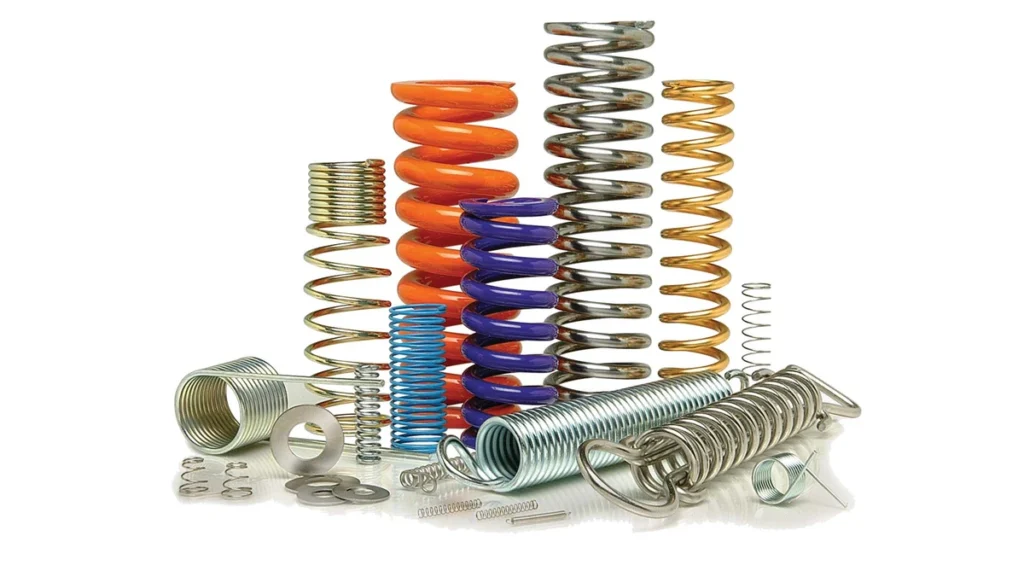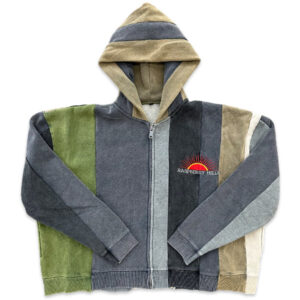
Compression springs are among the most commonly used mechanical components in the construction and building industries. They play a crucial role in everything from heavy machinery to door mechanisms, HVAC systems, and structural supports. But is a compression spring the right choice for your application? Below, we break down how they work, where they excel, and where they may fall short.
What Is a Compression Spring?
A compression spring is a helical coil designed to resist axial compressive force. When the spring is compressed, it stores mechanical energy and pushes back against the load, returning to its original shape once the force is removed. Typically made of high-carbon steel, stainless steel, or alloy materials, compression springs are engineered to perform under a wide range of load and environmental conditions.
In the construction world, compression springs are often hidden behind walls or embedded within larger systems, but their function is essential to absorbing shocks, maintaining tension, and improving structural stability.
Advantages of Using Compression Springs
1. Simplicity and Reliability
Compression springs have no moving parts aside from the coil itself. This makes them simple to design, install, and maintain. With fewer failure points, they are an ideal choice for long-term reliability in construction systems.
2. Customizability
Springs can be engineered to fit nearly any diameter, length, load capacity, and material specification. This is especially useful for custom machinery or structural applications that require precise force tolerances.
3. Cost-Effectiveness
Thanks to their straightforward design and mass manufacturing, compression springs are relatively inexpensive. For large-scale projects or repetitive mechanical systems, they offer an economical solution.
4. Durability in Harsh Environments
Numerous compression springs are designed to resist rust, endure extreme heat or cold, and handle substantial weight. Stainless steel and coated options can function effectively in marine, outdoor, or chemically exposed environments common in building applications.
Limitations and Considerations
1. Load Direction Limitations
Compression springs are only effective under axial (straight-line) compression. If your application involves lateral or multi-directional forces, a different type of spring or mechanical device may be more appropriate.
2. Buckling and Deflection
In longer spring designs, there’s a risk of buckling under high loads, which can reduce performance or cause failure. This is particularly critical in vertical installations with substantial force loads. Choosing the correct spring ratio and material is essential to avoid this issue.
3. Space Constraints
While springs can be compact, they still require sufficient space to compress and expand. If your project involves tight clearances or concealed mechanisms, you may need a more compact or alternative solution.
4. Noise and Vibration
Improper installation or lack of damping materials can lead to noise and vibration issues. In sensitive construction environments, such as residential or office buildings, this could be a drawback.
Applications in the Construction Industry
Compression springs show up in various forms across the building sector:
- Elevator and lift systems
- Window and door hardware
- Vibration isolation mounts
- Suspension systems for heavy equipment
- HVAC units
- Load-bearing shock absorbers
In each of these areas, compression springs help manage force, reduce wear, and extend the life of mechanical and structural systems.
Choosing the Right Compression Spring
When selecting a compression spring, it is important to take into account:
- Load capacity (maximum and minimum force expected)
- Spring rate (how much force it takes to compress the spring a certain distance)
- Material selection (based on environmental conditions)
- Coating or finish (for corrosion resistance)
- Dimensional constraints (length, diameter, wire size)
Partnering with a supplier who offers engineering support and custom spring design can be the key to ensuring optimal performance.
Conclusion
Compression springs are a robust, cost-effective, and versatile solution for many construction and building applications. However, they are not a one-size-fits-all component. Knowing their advantages and drawbacks is vital for choosing the most suitable option for your project. With the right specifications and materials, a well-designed compression spring can deliver long-lasting performance, even under demanding conditions.
If you’re evaluating components for your next build, don’t overlook the humble compression spring—its simplicity might be exactly what your system needs.
Post by toko baut – tokohasil




